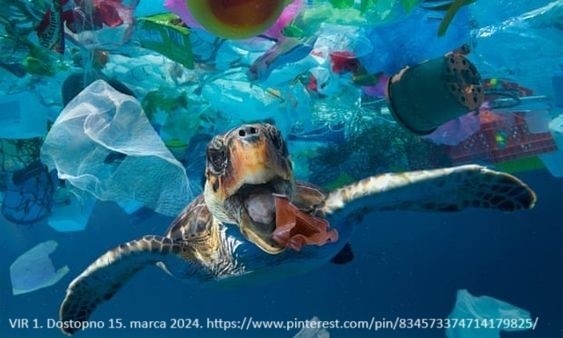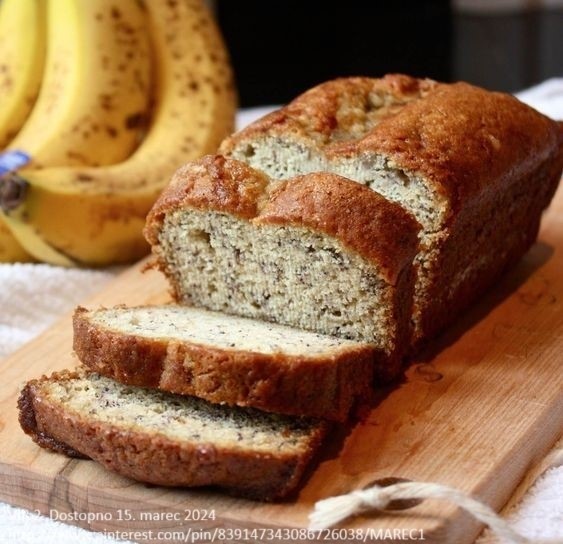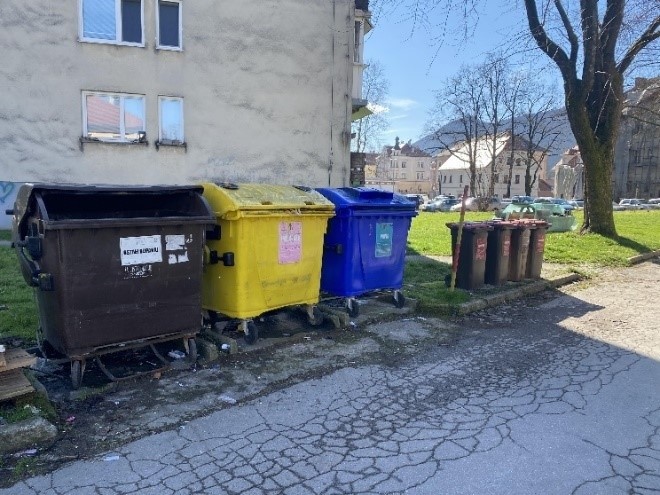
Zagotovo ob besedi odpadki pomislite na slabosti pretiranega onesnaževanja okolja. To nas ne preseneča, kajti po raziskavah v gospodinjstvu letno zavržemo več kot tono odpadkov. Tako predstavljajo velik izziv sodobne družbe. Kljub velikim težavam, ki jih povzročajo okolju, moramo najti načine, kako bi jih uporabili kot ponovni vir surovin. To dosežemo z recikliranjem ter tako prispevamo k zmanjšanju porabe naravnih virov in energije.
Potrebno je ozaveščanje in izobraževanje ljudi o pravilnem ravnanju z njimi, zmanjševanje odpadkov in pravilno recikliranje, ki igra ključno vlogo pri ohranjanju okolja. Recikliranje prispeva k zmanjšanju količine odpadkov na odlagališčih, tudi divjih, o katerih bomo razpravljali v nadaljevanju.
NA KONCU PRISPEVKA SE LAHKO PREIZKUSITE TUDI V ZABAVNI IGRI!
Odpadek je snov ali predmet, ki ga posameznik zavrže. Razvrščamo jih po viru nastanka, ki jih delimo na 20 skupin in podskupin: – odpadni papir (kartoni, časopisi, knjige…) – odpadno steklo (steklenice, kozarci, krožniki…) – odpadna embalaža (konzerve, stiropor, vrečke…) – mešani odpadki (elastike, gumbi, sponke…) – biološki odpadki (ostanki hrane, zemlja, rože…) – kosovni odpadki (pohištvo, hladilniki, pečice…) – nevarni odpadki (akumulatorji, zdravila, baterije…)
Mogoče se sprašujete, zakaj so potrebne skupine, po katerih ločujemo odpadke. Naj vam pojasnimo. Nekatere odpadke, kot so odpadna embalaža, steklo, papir, odpadna električna in elektronska oprema, baterije, akumulatorje in gume, lahko recikliramo in iz njih naredimo nove izdelke, saj so ustvarjeni iz kakovostnih surovin. Tako ohranimo naravne vire (drevesa, voda, nafto), zmanjšamo količino porabljene energije in emisije toplogrednih plinov. Ta proces imenujemo recikliranje.
Poglejmo si potek recikliranja plastične embalaže, pri kateri gre odpadek skozi več faz. 1. LOČEVANJE, kjer posamezniki odpadek pravilno ločijo v zabojnik za embalažo, 2. ROČNO UREJANJE, da zaposleni preverijo, ali se med odpadki skriva snov, ki ni embalaža, 3. MLETJE, kjer naprave zmeljejo vse odpadke v majhne koščke, 4. ČIŠČENJE s pomočjo vode 5. SEGREVANJE IN PRETOPITEV, da odpadek izgubi svojo obliko, ter tekočino vlijejo v nove kalupe in 6. nastanek NOVEGA IZDELKA.
Gnila banana, ki je ne nameravate uporabiti, postan in star kruh ter mrzel krompir so tudi odpadki, toda ali ste vedeli, da vam teh surovin ni treba zavreči, vendar lahko iz njih naredite nove, okusne, sveže jedi?
Iz gnile banane poskusite narediti bananin kruh, ki bo z dodatkom čokoladic ali orehov polepšal vzdušje in s svojim vonjem preplavil celotno stanovanje. Star kruh lahko uporabite za pohane rezine in krompir za svaljke.
Linki do receptov:
Bananin kruh: https://www.kulinarika.net/recepti/sladice/pecivo/zmagovalni-bananin-kruh/17823/
Pohane šnite: https://okusno.je/recept/pohane-snite-ocvrte-kruhove-rezineKrompirjevi svaljki:https://okusno.je/recept/krompirjevi-svaljki-1385646476


Kam pa vi odlagate odpadke?
Verjetno na ekološke otoke, kjer imamo številne zabojnike, vendar ali ste vedeli, da imate na voljo tudi 120 zbirnih centrov, kamor lahko odnesete večje kosovne odpadke? Nekatere lahko celo oddamo v trgovskih centrih (baterije, sijalke), pri vulkanizerju (gume) in v lekarnah (zdravila), zato res ni potrebno, da povečujemo divja odlagališča, s katerimi se v zadnjih letih vse bolj soočamo. Ta so škodljiva tako za naravo in živali. Odpadki v okolju razpadajo zelo različno, npr. otroške plenice za razgradnjo potrebujejo 500 let, plastenka potrebuje 450 let, pločevinka 300 let, konzerva 100 let, pulover 1 leto. Celo papirnata vrečka za svojo razgradnjo potrebuje 1 mesec.

ZAKLJUČEK
Količina še uporabnih odvrženih materialov je ogromna in se čez leta povečuje, vendar vsak posameznik lahko pripomore k zmanjšanju. Še vedno obstaja upanje, da izboljšamo svet za svoje mlajše generacije. Ali mislite, da po prebranem besedilu zdaj bolje poznate ločevanje odpadkov? Preizkusite se v igri in še naprej skrbite za okolje, saj nam ta omogoča prihodnost!
Link do igre: https://h5p.splet.arnes.si/2024/03/13/odpadki-2/
_______________________________________________
ENGLISH:
ARE OUR PRODUCTS REALLY DISPOSABLE?

Surely, when you think of the word waste, you think of the disadvantages of excessive environmental pollution. This does not surprise us, because according to research, we throw away over one tonne of waste material per household every year. Thus, waste represents a major challenge for modern society. Because of its great negative impact on the environment, we must find ways to use it as a renewable source of raw materials. We can achieve this by recycling and thus contribute to reducing the consumption of natural resources and energy.
It is necessary to raise awareness and educate people about convenient handling, waste reduction and proper recycling, which plays a key role in preserving the environment. Recycling contributes to reducing the amount of waste in landfills, including garbage dumps, which we will discuss below.
At the end of the article, you can also try your hand at a fun game!
Waste includes substances or objects that an individual throws away. We classify them according to the source of their origin, dividing them into 20 groups and subgroups:
– waste paper (cardboard, newspapers, books, …)
– waste glass (bottles, glasses, plates, …)
– waste packaging (cans, Styrofoam, bags, …)
– mixed waste (elastic bands, buttons, clips, …)
– biological waste (food scraps, soil, flowers, …)
– bulky waste (furniture, refrigerators, ovens, …)
– hazardous waste (medicines, batteries, …)
You may be wondering why we need groups by which we separate waste. Let us explain.
Some waste, such as waste packaging, glass, paper, waste electrical and electronic equipment, batteries and tyres can be recycled and made into new products, as they are created from quality raw materials. In this way, we preserve natural resources (trees, water, oil) while reducing the amount of energy used as well as limiting greenhouse gas emissions. This process is called recycling.
Let’s take a look at the process of recycling plastic packaging, where the waste goes through several stages.
1. SEPARATION, where individuals correctly separate the waste into a container for packaging,
2. MANUAL SORTING for employees to check if there is a substance other than packaging hidden among the waste,
3. GRINDING, where devices break down all the waste into small pieces,
4. CLEANING with water
5. HEATING AND MELTING so that the waste loses its shape and the liquid is poured into new moulds, and
6. the creation of a NEW PRODUCT.
A rotten banana that you don’t intend to use, stale bread and cold potatoes are also considered waste. However, did you know that you don’t have to throw these raw materials away and actually use them to make delicious fresh dishes?
Try a banana bread recipe with chocolates or nuts from a stale banana. The smell will brighten the atmosphere and spread through the entire apartment. The old bread can be used for French toast, and the potatoes for potato rolls.
Links to recipes:
Banana bread: https://www.kulinarika.net/recepti/sladice/pecivo/zmagovalni-bananin-kruh/17823/
Breaded cutlets:
https://okusno.je/recept/pohane-snite-ocvrte-kruhove-rezine
Potato rolls:
https://okusno.je/recept/krompirjevi-svaljki-1385646476


How do you dispose of your waste?
You probably dispose of the waste on ecological islands, where we have numerous containers. However, did you know that you also have 120 collection centres where you can take larger bulky waste?
Some can even be given away in shopping centres (batteries, light bulbs), at tyre repair shops (tires) and in pharmacies (medicines), so there is really no need to increase the garbage dump. This is a problem that we have been facing more frequently in recent years. Such waste is harmful to both nature and animals. Waste in the environment disintegrates at different rates e.g. baby diapers need 500 years to decompose, a bottle takes 450 years, a can of soda 300 years, a can of fish 100 years and a sweater 1 year. Even a paper bag needs approximately 1 month to decompose.

CONCLUSION
The amount of still usable discarded materials is huge and has been increasing over the years, but every individual can help reduce it. There is still hope to make the world a better place for our younger generations.
After reading the text, do you think that you now know more about waste separation? Try yourself at the game and keep taking care of the environment, because it is the hope for our future!
Link to the game: https://h5p.splet.arnes.si/2024/03/13/odpadki-2/
https://sl.wikipedia.org/wiki/Recikliranje
https://www.locevanjeodpadkov.si/34/Reciklaza
